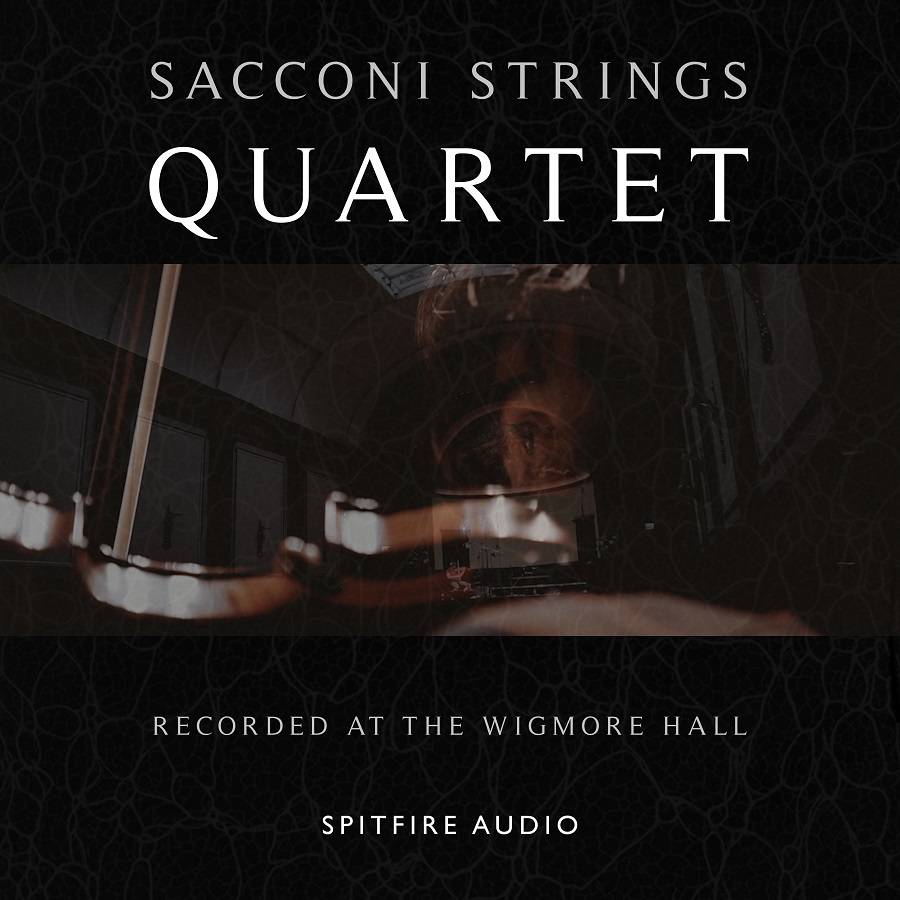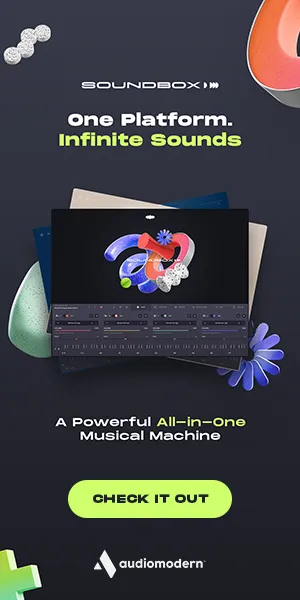8. August 2016 | News | Noizefield
Spitfire Audio released update for Sacconi Strings – Quartet

Spitfire Audio, purveyors of the finest virtual instruments from the finest musical samples in the world, announced the availability of an updated version of SACCONI STRINGS – QUARTET
“SACCONI STRINGS – QUARTET is a project that we’ve been working on for a long time, and something that’s very close to our hearts, having worked with quartets many times — especially at the beginning of our careers as composers, when the budget for players wasn’t quite so large.” So states Spiffire Audio co-founder Paul Thomson, adding, “You get used to the amazing kind of crosstalk and the amazing way that quartets who’ve been playing together for a long time are able to modulate their performances to match. The way that the sound blends is very, very interesting and unique.”
Translating that uniqueness to pique the interest of those investing in virtual instruments is no easy task. Trouble is — or, strictly speaking, was — when writing for quartets contemporary composers have hitherto had to settle for using solo strings virtual instruments to mock up their intentions. Insofar as results go, this technique tends to be very ‘neck up’ from a soloing standpoint, and, still worse, when combined into a four-piece performance can sound jarringly expressive, so something of a hard sell to clients.
Creating a definitive set of writing-for-quartet tools with a game-changing set of solo strings recorded at Wigmore Hall — London’s leading international recital venue for chamber music that is now approaching its 115th birthday, boasting near-perfect acoustics — and performed by the sought-after Sacconi Quartet was Spitfire Audio’s savvy solution. Sacconi Quartet — formed in London in 2001 by virtuoso violinists Hannah Dawson and Ben Hancox alongside violist Robin Ashwell and cellist Cara Berridge with much subsequent success with no fewer than 21 world and four British premieres to their collective name, including works by György Kurtág, Paul Patterson, John McCabe, Simon Rowland-Jones, Robin Holloway, John Metcalf, and Alun Hoddinot, as well as performing as the solo string quartet on Paul McCartney’s hit song ‘Come Home’ — and Wigmore Hall were duly deemed to be a beautiful combination. Christian Henson — co-founder of Spitfire Audio and an accomplished television and film composer in his own right — has worked with the quartet in question for many years, a longstanding relationship that has helped him understand what works for a quartet and also what makes one gel. Getting them onboard for the SACCONI STRINGS – QUARTET project-to-be was a given. Gaining access to Wigmore Hall with fellow UK composer — and musical master of virtuality — Andrew Blaney to commit a very different approach to sampling to the digital sphere by combining modern techniques and exploratory approaches to vibrato alongside stunning traditional articulations… well, let’s just say that great things can come to those that wait.
To say that Wigmore Hall is busily booked way in advance is an understatement! Try convincing, cajoling, and caressing the proprietors of one of the most favoured chamber music venues in the world to open their doors to a sampling project. Then they say, “Yes, you can have it for one day in August.” What would you do? You would wait. You would wait for that day to come and plan. Plan to put together a crack team of engineers, prep your band, and achieve as much as you can in trying time constraints. And then you would wait… wait for another free day during the following August. And repeat the process. Patience is, indeed, a virtue when it comes to perfecting unique virtual instruments, it seems.
So it should come as little surprise, therefore, to learn that SACCONI STRINGS – QUARTET was four years in the making… but it was well worth the wait. What makes it so special? Spitfire Audio’s sampling pedigree notwithstanding, the individual instruments in question — Violin 1, Violin 2, Viola, and Cello — can all be used in two different modes: choose between ‘traditional’ Keyswitches that change articulation type via inaudible notes being hit on a controller keyboard or so-called Playable patches for each instrument, all based around an ingeniously-scripted tool that automatically analyses the way that the patch is being played and interprets the style of performance required — reacting to the way it is being played, in other words — by selecting from several spiccatos, various longs, and a selection of True Legato transitions for maximum effectiveness. Equally effective and helpful, SACCONI STRINGS – QUARTET also includes a beautifully ‘baked’ Ensembles section, so users can quickly sketch quartet compositions using both hands before splitting off the separate parts… perfectly-produced, purpose-built tools for writing string quartets, performed by the sought-after Sacconi Quartet in arguably the best-sounding chamber acoustic in the world. And, as with all of Spitfire Audio’s superlative sample-based virtual instruments, the musicians involved earn a royalty from every copy sold. Spitfire Audio has also extended this royalty to Wigmore Hall, hoping that it helps them to continue their wonderful work, promoting 400 concerts annually and broadcasting a weekly concert on BBC Radio 3 — attracting several-hundred-thousand listeners as well as an international Internet audience — alongside an extensive education programme throughout London and beyond.
Better still, though, the latest update to the Violin 1 and Cello patches make SACCONI STRINGS – QUARTET an even better (supportive) buy than ever before. “These now include four different types of legato: portamento legato, which is the sliding legato; a normal fingered transition; a detached — or bow change — transition, where the bow actually changes between the notes; and also a fast legato,” notes Paul Thomson. “It’s capable of performing at any speed, including runs, trills, and arpeggios. It’s a playable patch with four different types of spiccato at six round robins on the attack, and there’s also — at velocity 0-9 — a very smooth attack.”
All this and more are available to discerning contemporary composers now — no less than 106.6 GB of uncompressed .WAV files, featuring 46,768 of the finest musical samples money can buy. Back to Paul Thomson: “It’s been a pet project for a while to get together a really good string quartet sound, and with SACCONI… we’ve really been able to find, for us, that Holy Grail!”
SACCONI STRINGS – QUARTET can be purchased and digitally downloaded from Spitfire Audio for £399.00 GBP/$599.00 USD/€559.00 EUR from here: http://www.spitfireaudio.com/shop/a-z/sacconi-strings-quartet/
QUARTET video overview:
QUARTET in action video:
More info here: Spitfire Audio | Sacconi Strings Quartet




